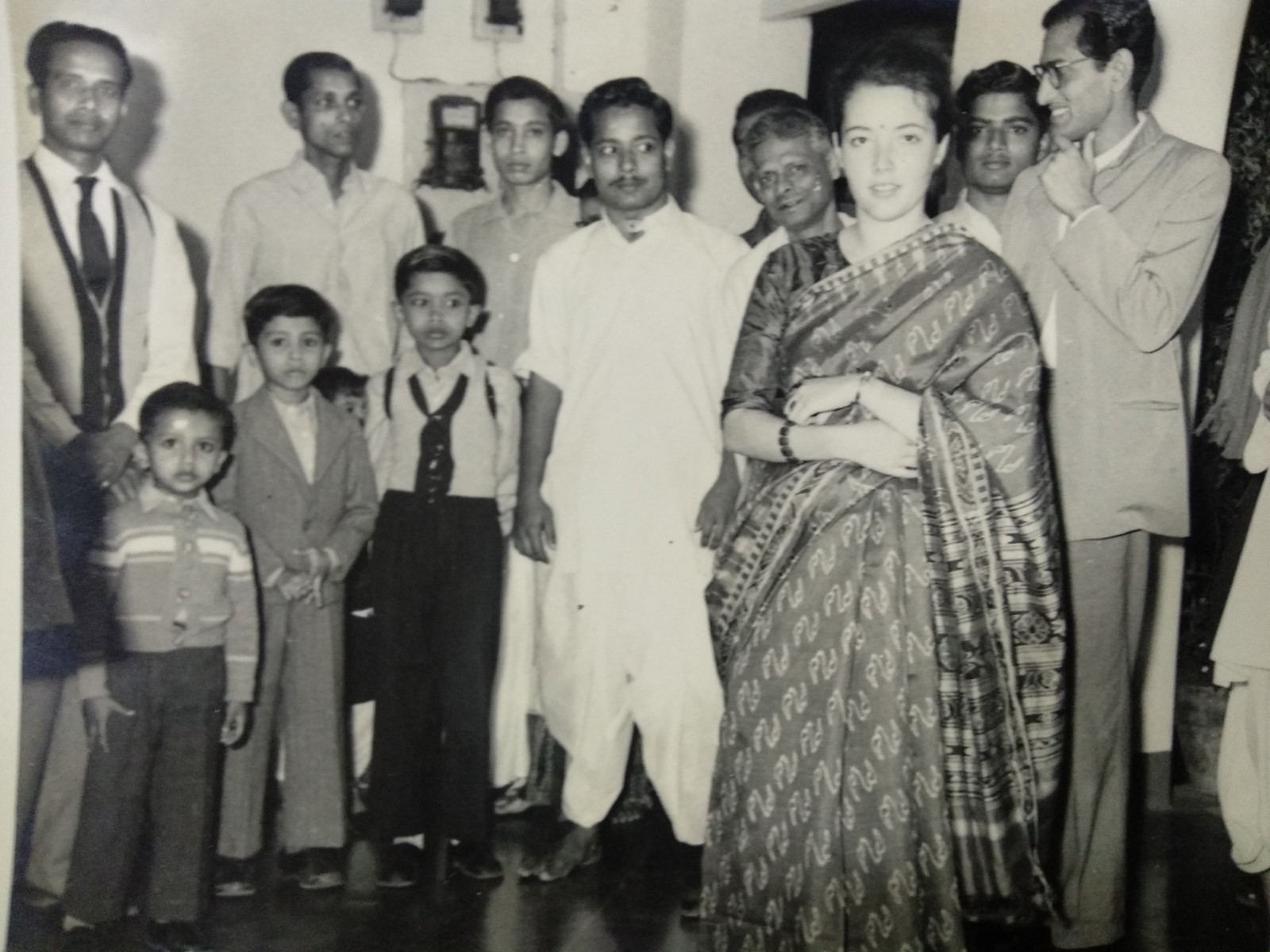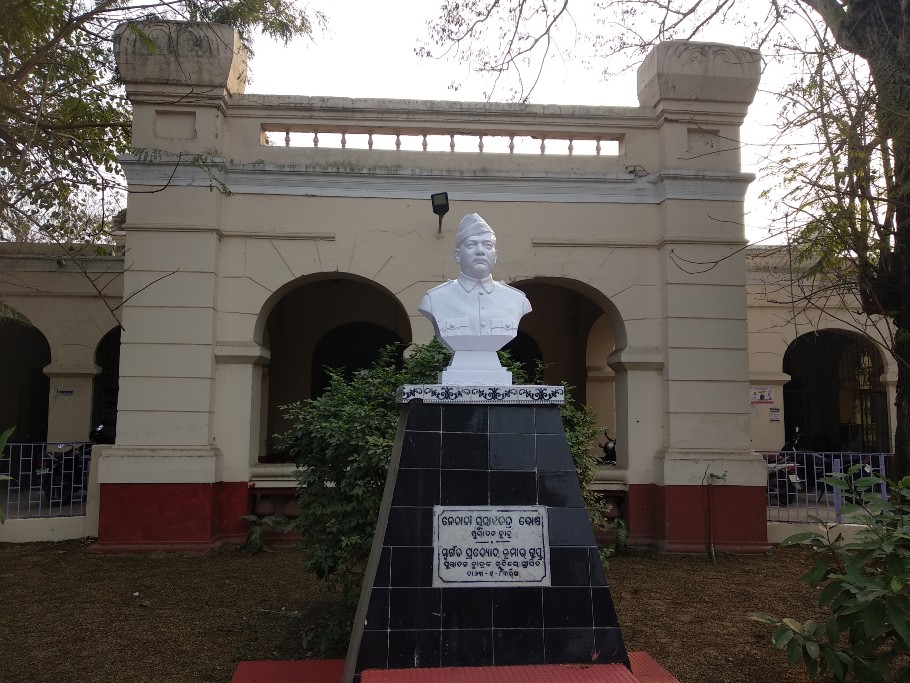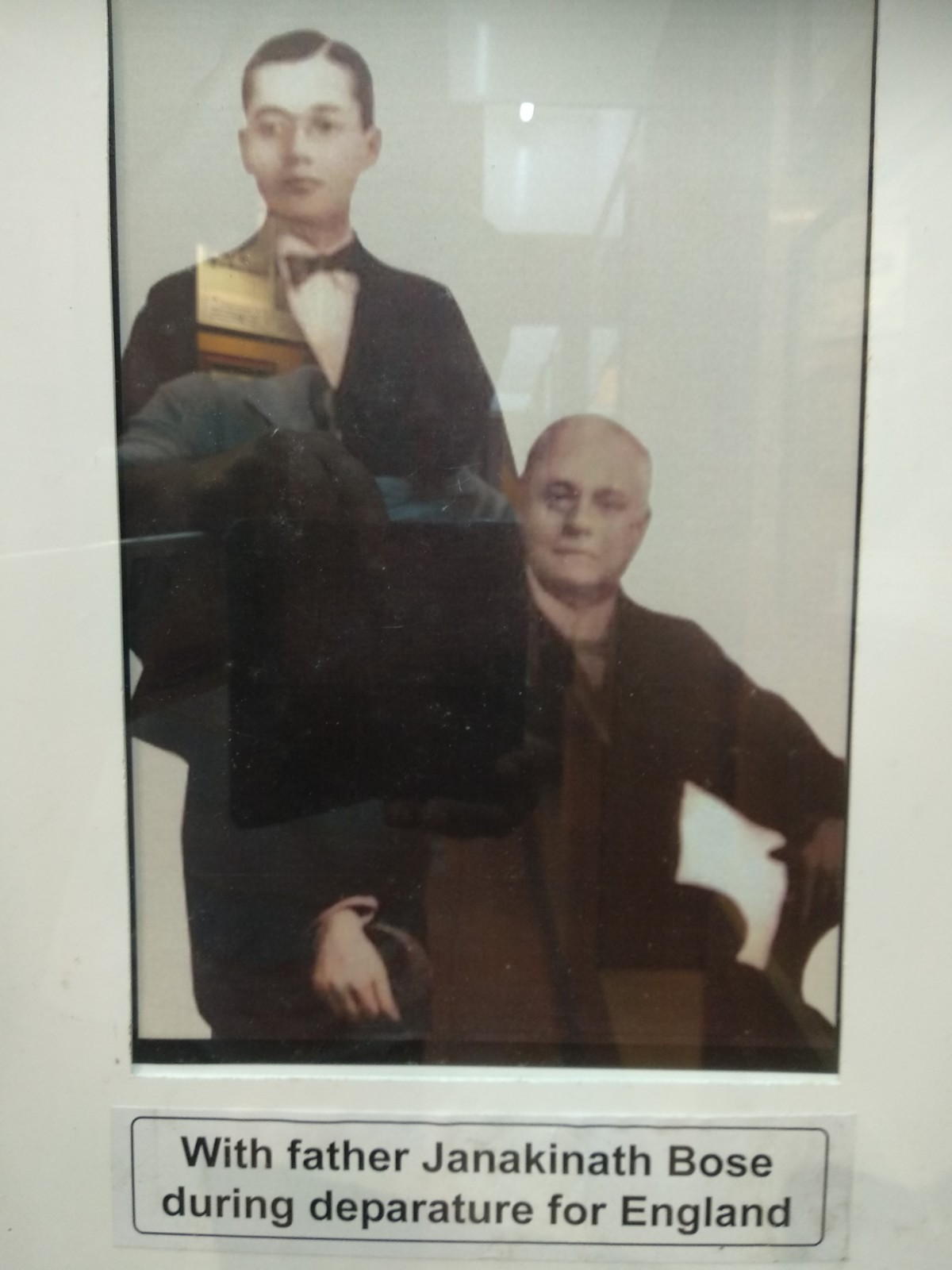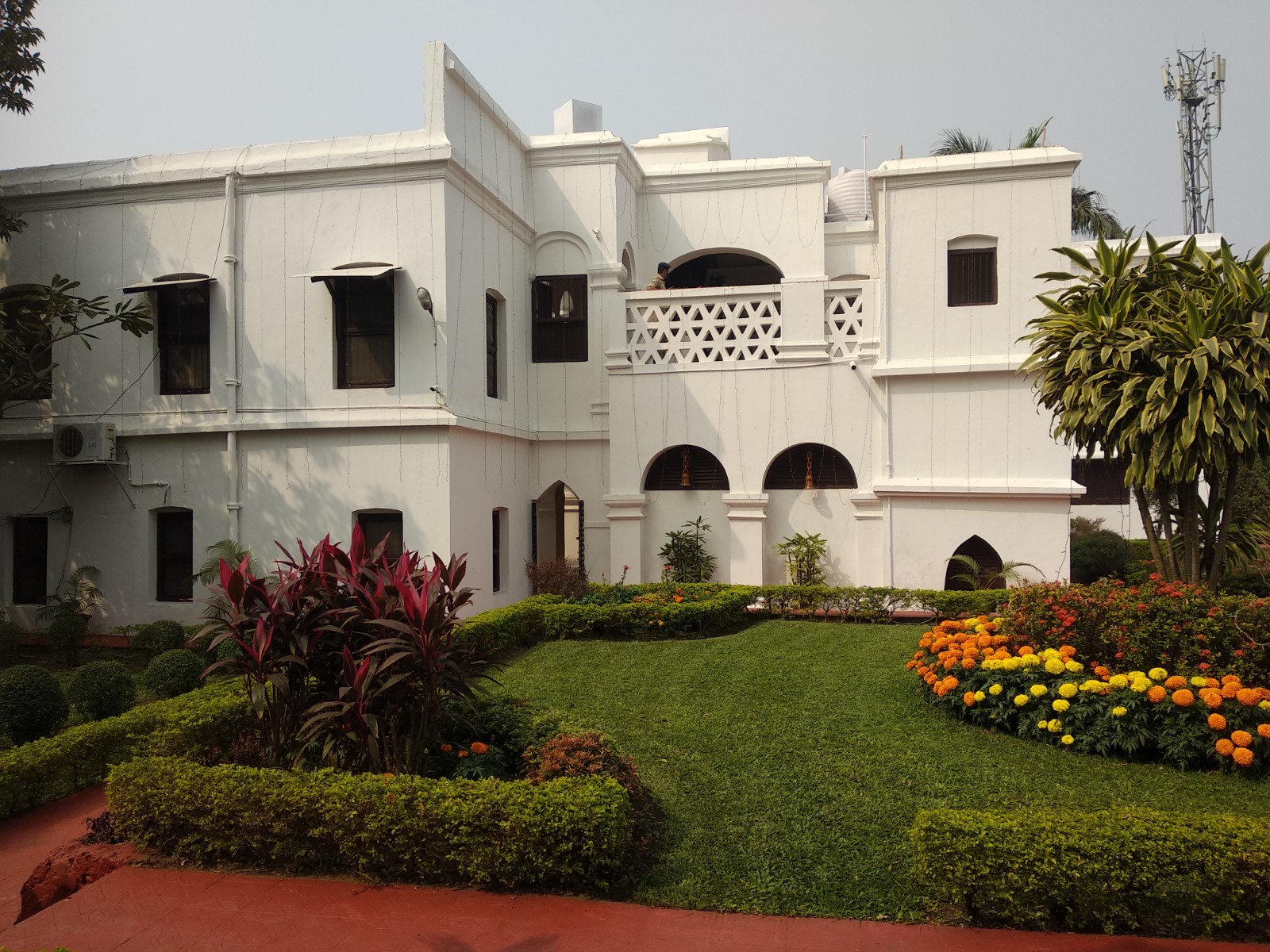
In Netaji’s birthplace, Cuttack, people reminisce the good times

The all-white, freshly painted two storey structure surrounded by lush green gardens and flowers, is all decked up. Senior government officers have taken stock of the details for the big day — Netaji Jayanti on January 23.
The venue is Janakinath Bhawan in Odia Bazar locality of Odisha’s cultural and business hub, Cuttack. It’s where Subhas Chandra Bose was born and grew up and lived the first 17 years of his life.
This ancestral house has been converted into Netaji Museum by the Odisha government. Memorabilia associated with the great leader are being showcased in 12 galleries. It’s been reopened by the government, after closure due to Covid, on January 20.
Chief Minister Naveen visited the museum in the morning, unfurled the national flag and paid floral tributes to Netaji on the 125th birth anniversary of the famed freedom fighter.
Far from the politics laying claim to the legacy of Bose—between the BJP and the Trinamool Congress—a large gate with green sculptures of Netaji leading his Indian National Army (INA) stands at the approach road to the museum. The museum, soaked in rich history and beautifully designed, sits on a third of the one-acre land, the rest is a garden. Large rooms on the ground and on the first floor, wide verandahs lining up in front, big windows with wooden plates allowing enough ventilation and sunlight and solid roofs that rest on ceilings of wooden rafters, are all about upper middle class opulence.
Hundreds of rare photographs, handwritten letters Netaji wrote to his family members during his stay in various jails and his INA uniform are among the various artefacts preserved in the museum. Netaji’s study room, table and chair and bookshelves are neatly maintained. His letters in which he expressed his views about a strong and Independent India are also on display. The library inside has approximately 500 books, says a museum staff.

“Everything here has been kept as it’s, only flooring has been changed for maintenance purposes,” says an employee at the museum.
Enthralled visitors pore over the artefacts. Perhaps overcome by awe and respect, one among a group of college girls who are clicking pictures whispers, “No selfie here.”
Remembering the old days
On the wide stairs to the first floor sits Satya Narayan Mohapatra, 77, author of two books on Netaji. He is imagining the heroism of his hero-Bose.
“It’s indeed a proud occasion for all of us,” Mohapatra says. “Netaji’s courage, valor, selflessness and patriotism have no comparison. This soil is very pious.”
According to Mohapatra, Bose’s father, Janakinath had personally chosen this site and built this huge house for his large family. It too was closer to his work place, the judicial court, where he practised.
Like his brothers and sisters, Netaji, the ninth among the 14 siblings, had his schooling at the Protestant European School (the now famous Stewart High School) in Cuttack, in January 1902. He continued his studies at this school which was run by the Baptist Mission up to 1909 before shifting to the Ravenshaw Collegiate School; he secured the second position in matriculation examination in 1913.
Current headmistress of Ravenshaw Collegiate School, Dr Anusmita Swain too can’t hide her excitement.

“It’s difficult to express how excited we are for this occasion. We are proud to be part of such an institution. Due to Covid restrictions, not all of our students can take part in the series of events organized by our school on the eve of Netaji Jayanti. However, everyone is extremely excited,” she says.
Gopal Chandra Soor, 79, a retired businessman, recalls that Subhas Chandra Bose’s father Janakinath was the lawyer for his father Dhirendra Nath Soor and uncle (father’s elder brother) Narendra Nath Soor, were among the leading businessmen of Odisha in the pre and early post independent India.
The Soor brothers built some of Odisha’s modern iconic structures, including the state secretariat, Capital Hospital (both in Bhubaneswar), Saheed Bhawan, SCB medical college and hospital’s outpatient department (OPD) building (in Cuttack) and the Anicut at Akhuapada in Bhadrak district across the Baitarani, one of the six major rivers of Odisha, besides several national highways.
Janakinath, arguably the number one advocate of the time, was the family lawyer of the Soor brothers and their business firm. Gopal has carefully preserved the hand written deed prepared by Janakinath for his father and uncle.

He even shows a number of hitherto unseen photographs of Netaji’s daughter Anita and nephew Pradip Bose at their Shaikh Bazaar house (near Durga Ghar) during their visit on 12 January 1961. They had dinner with the Soor family that night.
Gopal recalls, that evening Anita and Pradeep Babu had travelled from Howrah station by Puri express, they were in a coupe.
Gopal remembers, preparations at his house had begun at least a fortnight before that day. “It was a big moment for all of us,” says Gopal.
A number of other friends of both the Bose and Soor families in Cuttack had been invited for the evening and dinner.
The menu of the evening had roti and rice besides a number of delicacies, including Hilsa, Rohu, large sized prawns and mutton curry. After the main course followed the six to eight types of sweets, including the mouthwatering Jalbhara (water-filled) Sandesh, specially brought from Kolkata. That afternoon, Gopal remembers, his mother Manorama and sister Lily had prepared Rabdi to be served, post food.
“She (Anita) was speaking in Bangla and English. She fondly asked us the children about our studies. She was very courteous, had got for us Lemon Chus toffees and also chocolates,” remembers Gopal.
The emotionally surcharged, yet fun filled, get together lasted till late evening. The elders chatted for hours together.
However, after that day, over the last six decades, there hasn’t been much chance for the descendants of the two families to meet up. With time, the relationship has gone into the past tense.
At his home, Gopal says, there’s not much discussion about Netaji. However, during their childhood, they used to hear many stories about him from one Lalit Mohan Ghosh of Telenga Bazaar area. According to Gopal, Lalit Mohan, an ardent follower of Bose, had strong belief till his death in the 1980s that Netaji was alive and would definitely visit Cuttack one day.
“Every time Lalit Babu met us, he told us that Netaji would return, soon. That was exciting news for the children, me included. However, Netaji wouldn’t return. Next time, when he would repeat the same, we mocked at him. Irritated, he would chase us, and we would run and escape,” reminisces Gopal.
“However, if anyone told him about the plane crash incident involving Subhas Bose,” adds Gopal, “Lalit Ghosh would get very angry. For him Subhas Bose was somewhere, alive.”

In love with Cuttack
Many say, Bose loved the city of his birth. He loved the river Mahanadi, on whose bridge he would relax in the winter sun and prepare his anti-English shenanigans. It is the heat and dust of Cuttack that prepared him for the sterner stuff of the future.
Gopal is proud of the association of the two Bengali families. He has a small request to the government: Netaji’s birthday should be declared a national holiday. And, a Bharat Ratna award for this “real Royal Bengal Tiger”. “I am hopeful, the government will consider it,” he says.
Mahapatra doesn’t have a long wish list though. He demands the date of Bose’s death should be ascertained and if proven, the ash preserved in Japan should be brought to India.
Mohapatra and Gopal and many in Cuttack believe that Netaji is too towering a personality and should not be used for petty political gains.
Mohapatra feels the country’s political leaders should imbibe at least a very little bit of Netaji’s selflessness and patriotism, as he says, “The day that happens, it will be the biggest tribute to the champion freedom fighter.”

